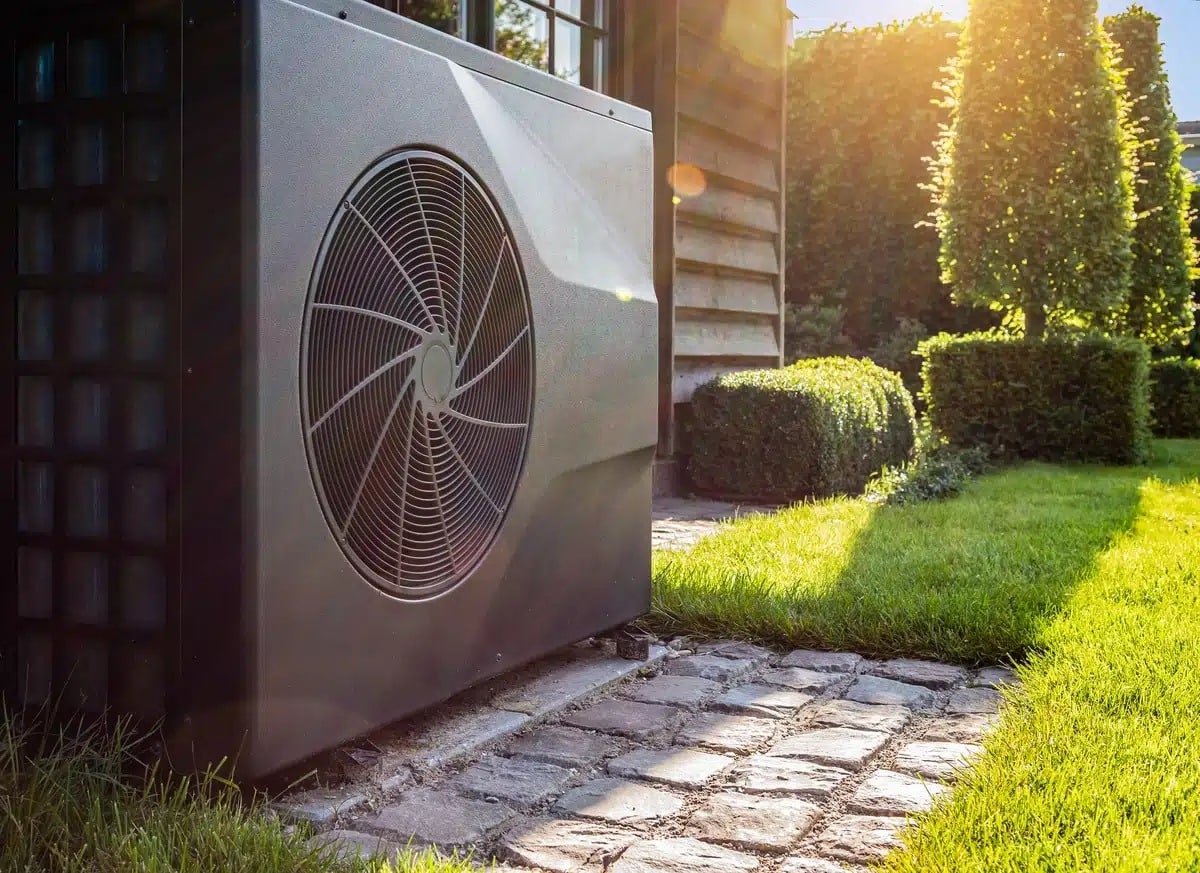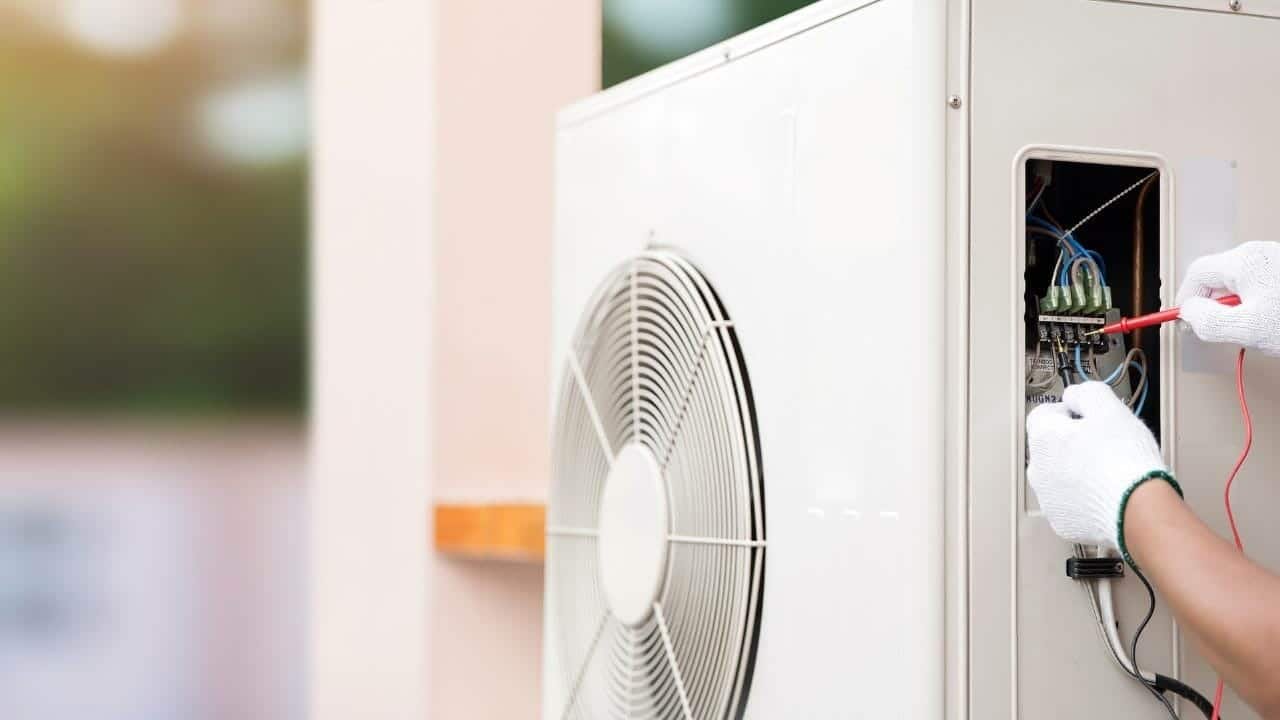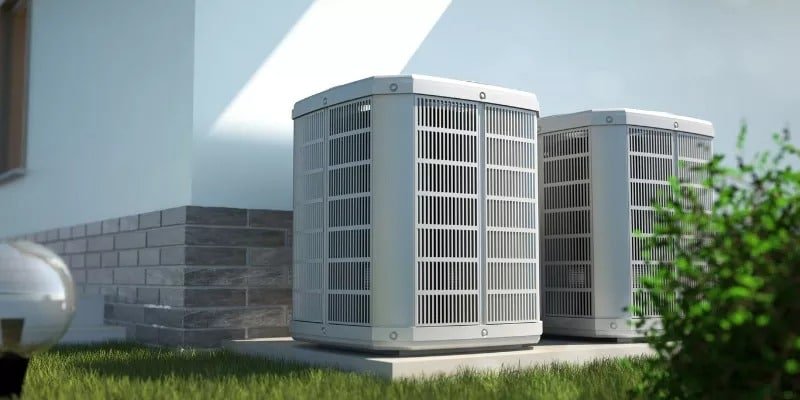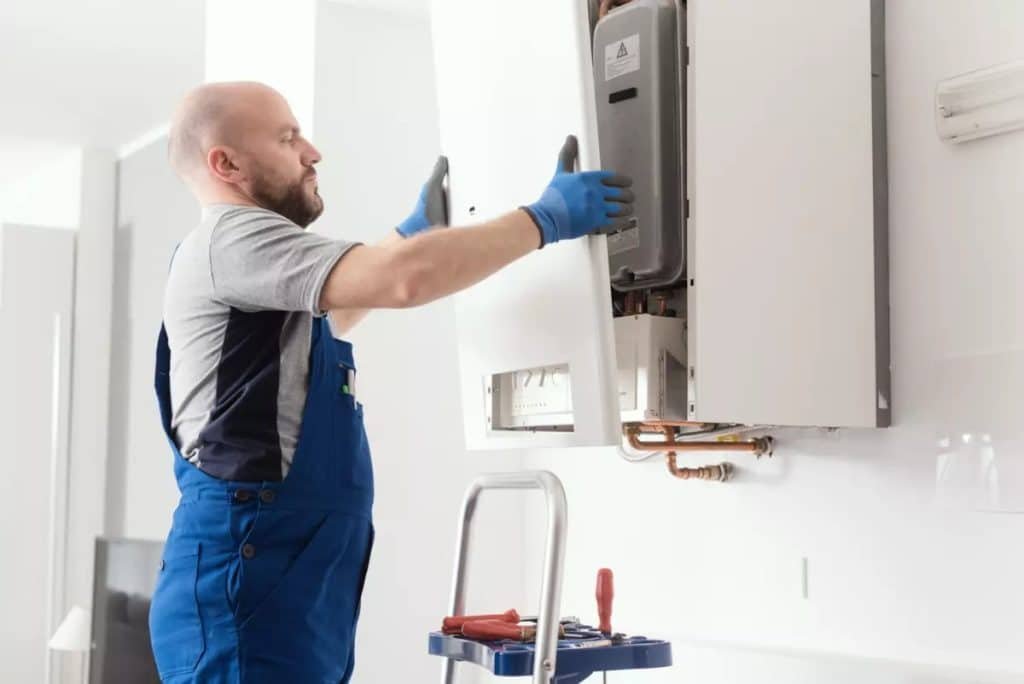In the realm of modern HVAC solutions, heat pumps have emerged as efficient and eco-friendly alternatives for maintaining a comfortable indoor environment. Understanding what a it is, the considerations before installation, key installation steps, and the associated benefits is crucial for anyone contemplating this upgrade.
What is a Heat Pump?

A heat pump is a versatile HVAC system that functions as both a heater and an air conditioner. It works by transferring heat between the indoor and outdoor environments, making it an energy-efficient solution for year-round temperature control.
Before the Heat Pump is Installed
Before diving into the installation process, thorough considerations are essential to ensure optimal performance and longevity of your heat pump.
Home Assessment
Begin with a comprehensive assessment of your home’s heating and cooling needs. Consider factors such as insulation, window efficiency, and the overall size of the living space. This evaluation ensures the selected heat pump is appropriately sized for maximum efficiency.
Energy Efficiency Ratings
Explore the Energy Star ratings of different heat pump models. Higher efficiency ratings often translate to lower energy consumption, reduced utility bills, and a smaller environmental footprint.
Budgeting
Establish a realistic budget that covers the cost of the heat pump unit, installation services, and potential upgrades to your home’s electrical system. Consulting with HVAC professionals can provide insight into the overall investment required.
Climate Considerations
Evaluate your local climate. Some heat pump models perform better in specific temperature ranges. Understanding the climate nuances ensures that the selected heat pump is suitable for your region.
Warranty Review
Investigate the warranties offered by different heat pump manufacturers. A comprehensive warranty can provide peace of mind and protection against unexpected issues.
Key Considerations for Installation
Professional Installation

Opt for professional installation to guarantee the proper setup of your heat pump. Trained technicians can assess your home’s unique requirements and address any potential challenges during installation.
Location Placement
Select an optimal location for your heat pump installation. This decision involves considering factors such as airflow, accessibility for maintenance, and minimizing noise impact on indoor spaces.
Electrical Requirements

Ensure your home’s electrical system meets the requirements of the chosen heat pump. Upgrading the electrical system may be necessary for certain high-capacity models.
Ductwork Assessment
If your heat pump operates with ducts, assess the condition of existing ductwork. Leaks or insufficient insulation can compromise the system’s efficiency, and addressing these issues during installation is crucial.
Smart Thermostat Integration
Consider integrating a smart thermostat with your heat pump. This addition allows for more precise temperature control and can contribute to additional energy savings.
Future Maintenance Planning
Develop a maintenance plan for your heat pump to ensure its longevity. Regular cleaning, filter replacement, and professional inspections can prevent issues and maintain optimal performance.
Air Quality Considerations
Evaluate the impact of the heat pump installation on indoor air quality. Ensure proper ventilation and consider additional air purification measures to maintain a healthy and comfortable living environment.
Weatherproofing
Implement weatherproofing measures to protect your heat pump from the elements. This includes shielding outdoor components from rain, snow, and direct sunlight, prolonging the lifespan of the unit.
Aesthetic Integration
Discuss aesthetic considerations with your installation team. While functionality is paramount, integrating the heat pump into your home’s aesthetics ensures a harmonious visual appeal, preventing it from becoming an eyesore.
Manufacturer Recommendations
Follow the manufacturer’s recommendations for installation and maintenance. Adhering to these guidelines not only ensures warranty validity but also guarantees optimal performance and efficiency over the system’s lifespan.
Heat Pump Installation Steps
Site Preparation
Before installation begins, the site must be prepared. This involves clearing the designated area, ensuring proper ventilation, and securing the necessary permits.
Mounting the Outdoor Unit
The outdoor unit, containing the compressor and condenser coils, is mounted on a stable surface. This step requires precision to maintain proper alignment and maximize the unit’s performance.
Indoor Unit Placement
For systems with indoor components, proper placement is crucial. Indoor units, which include the air handler and evaporator coil, should be strategically located to facilitate efficient airflow throughout the living space.
Refrigerant Line Installation
Connecting the indoor and outdoor units requires the installation of refrigerant lines. This step demands meticulous attention to detail to prevent leaks and ensure the proper flow of refrigerant.
Electrical Connections
Professional technicians handle the electrical connections, ensuring the heat pump integrates seamlessly with your home’s electrical system. This step includes verifying voltage compatibility and securing the necessary permits.
System Testing
After installation, a comprehensive testing phase is conducted. This involves checking the system’s functionality, confirming proper airflow, and assessing temperature differentials to guarantee optimal performance.
User Training
As part of the installation process, technicians may provide user training. Understanding how to operate and maintain your heat pump ensures its continued efficiency and longevity.
Insulation Assessment
Evaluate the insulation levels in your home. Adequate insulation enhances the overall efficiency of the heat pump, reducing energy consumption and maintaining consistent indoor temperatures.
Weather Stripping
Consider adding or upgrading weather stripping around windows and doors. This simple step improves the overall energy efficiency of your home, complementing the efforts of the heat pump.
Landscaping Considerations
Plan landscaping around the outdoor unit to optimize airflow. Avoid obstructing the unit with tall plants or structures, ensuring unrestricted air circulation for efficient heat exchange.
Heat Pump Installation Benefits and Considerations
Energy Efficiency
One of the primary benefits of heat pump installation is enhanced energy efficiency. These systems can produce up to three times more heat energy than the electrical energy they consume, resulting in significant energy savings.
Versatility
Heat pumps serve a dual purpose, offering both heating and cooling capabilities. This versatility makes them a year-round solution for maintaining indoor comfort, eliminating the need for separate heating and cooling systems.
Environmental Impact
Compared to traditional heating systems, heat pumps have a lower carbon footprint. By leveraging the heat exchange process, they consume less energy, contributing to a more sustainable and eco-friendly home.
Cost Savings
While the initial investment may seem significant, heat pump installation often pays off in the long run through reduced energy bills. The efficiency of these systems leads to lower operational costs, providing a return on investment over time.
Noise Level
Modern heat pumps are designed with noise reduction features, ensuring a quieter operation compared to traditional HVAC systems. This is especially beneficial for maintaining a peaceful indoor environment.
Zoning Options
Explore the possibility of implementing zoning in your home. Zoning allows for customized temperature control in different areas, optimizing energy usage and enhancing comfort.
Smart Home Integration
Consider integrating your pump into a smart home system. This allows for remote control, scheduling, and integration with other smart devices for enhanced convenience and energy management.
Long-Term Sustainability
Assess the long-term sustainability of your chosen pump model. Consider factors such as the availability of replacement parts, ease of upgrades, and the manufacturer’s commitment to environmental responsibility.
FAQs (Frequently Asked Questions)
How long does a typical heat pump installation take?
Ans: The duration of a pump installation varies depending on factors such as the complexity of the system, home size, and any pre-existing HVAC infrastructure. On average, a standard installation may take one to three days.
Can I install a heat pump myself, or is professional installation necessary?
Ans: While there are DIY-friendly heat pumps systems, professional installation is highly recommended. Certified technicians have the expertise to address specific home requirements, ensuring optimal performance and system longevity.
Are heat pumps suitable for all climates?
Ans: Heat pumps are versatile but may perform differently in extreme climates. It’s crucial to choose a model compatible with your region’s temperature ranges. In colder climates, consider a heat pump with a supplemental heating source.
What maintenance tasks are essential for heat pump longevity?
Ans: Regular maintenance is vital for heat pump performance. Tasks include cleaning or replacing filters, inspecting ducts for leaks, and scheduling professional tune-ups. Following the manufacturer’s guidelines is crucial for longevity.
How can I maximize energy efficiency with my heat pump?
Ans: To enhance energy efficiency, invest in a high-efficiency model, properly size the unit for your home, maintain regular maintenance, and consider additional features like smart thermostats for precise control.
Conclusion
In conclusion, the installation of a heat pump is a strategic investment in home comfort, energy efficiency, and environmental sustainability. By understanding what a it is, considering essential factors before installation, and following key installation steps, homeowners can unlock the full potential of this versatile HVAC solution. The benefits this installation guide extend beyond temperature control, offering a pathway to cost savings, reduced environmental impact, and year-round comfort. Partnering with experienced professionals ensures a seamless installation process, maximizing the performance and longevity of your heat pump system.
Read more article! visit here


